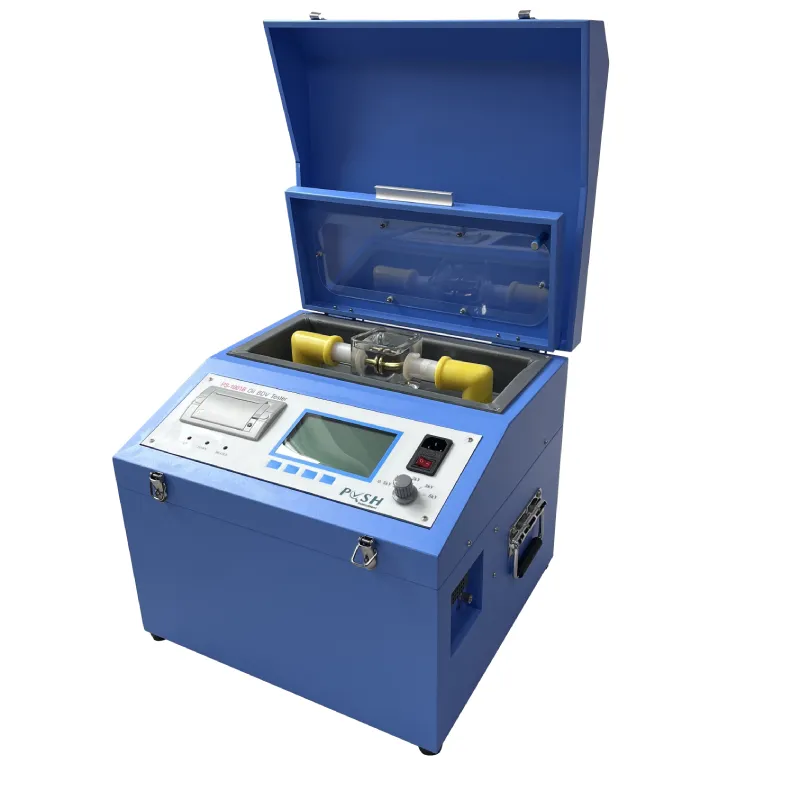 English
English


Evaluation Methods for Insulating Oil Quality and Performance Testing Techniques
Testing of Insulating Oil Ensuring Electrical Safety and Equipment Longevity
Insulating oil plays a crucial role in the operation of electrical equipment, particularly in transformers and capacitors. Its primary function is to provide electrical insulation and cooling, allowing for the efficient transmission of electricity. Proper testing of insulating oil is essential to ensure that it meets industry standards and performs effectively in safeguarding electrical systems.
The testing of insulating oil involves several key parameters, each indicating the quality and effectiveness of the oil. One of the most critical aspects is the breakdown voltage (BDV), which measures the oil's ability to withstand electrical stress without failing. A higher breakdown voltage indicates better insulating properties, minimizing the risk of electrical arcing, which can lead to equipment damage and hazardous situations.
Another important test is the measurement of moisture content, usually expressed in parts per million (ppm). Excess moisture in insulating oil can significantly reduce its dielectric strength, making it susceptible to electrical breakdown. Therefore, testing for moisture content helps in evaluating the integrity of the insulating properties of the oil. Routine checks ensure that the moisture levels remain well within acceptable limits, thereby prolonging the life of the equipment.
testing of insulating oil

Dissolved gases analysis (DGA) is a critical diagnostic tool used to assess the condition of insulating oil. This test detects gases that may be generated due to thermal decomposition, electrical discharges, or other degrading factors in the oil. By analyzing the types and concentrations of gases, technicians can identify potential issues such as overheating, arcing, or insulation failure, allowing for proactive maintenance actions before catastrophic failures occur.
Further analysis includes evaluating the oil's acidity, or total acid number (TAN). An increase in acidity levels can indicate the breakdown of the oil, which can negatively impact its performance. Regular monitoring of TAN helps in determining when the oil should be replaced to maintain efficient operation.
In addition to these tests, monitoring other characteristics such as color and viscosity can provide insights into the oil's condition. A visual inspection can reveal oxidation, contamination, or the presence of particles, while viscosity can affect the oil's ability to circulate and cool the equipment effectively.
In conclusion, the testing of insulating oil is a vital practice that ensures the reliability and safety of electrical equipment. By regularly assessing key parameters such as breakdown voltage, moisture content, dissolved gases, and acidity, operators can enhance the performance and longevity of their systems. Implementing a robust testing regimen not only reduces the risk of equipment failure but also promotes a safer operating environment in the electrical industry.
-
Differences between open cup flash point tester and closed cup flash point testerNewsOct.31,2024
-
The Reliable Load Tap ChangerNewsOct.23,2024
-
The Essential Guide to Hipot TestersNewsOct.23,2024
-
The Digital Insulation TesterNewsOct.23,2024
-
The Best Earth Loop Impedance Tester for SaleNewsOct.23,2024
-
Tan Delta Tester--The Essential Tool for Electrical Insulation TestingNewsOct.23,2024





